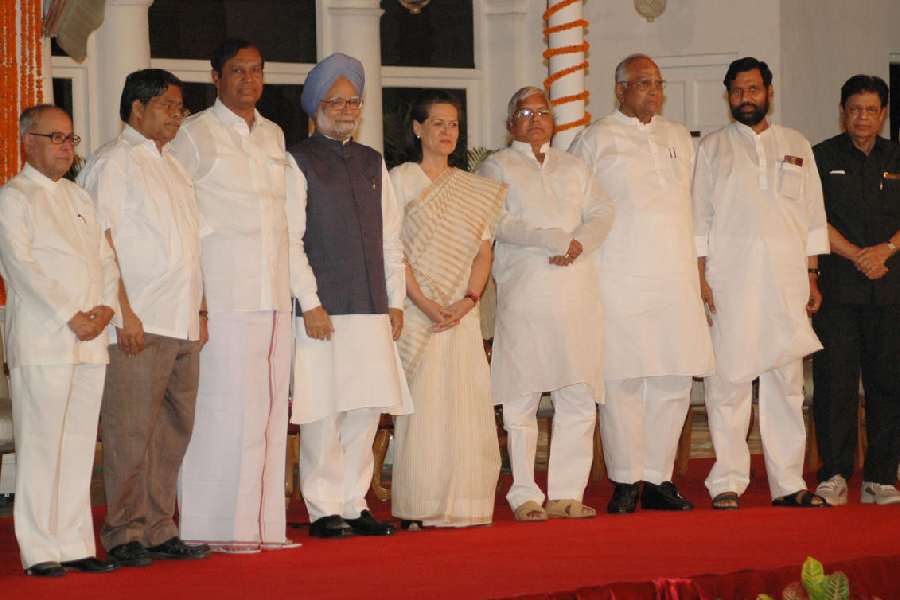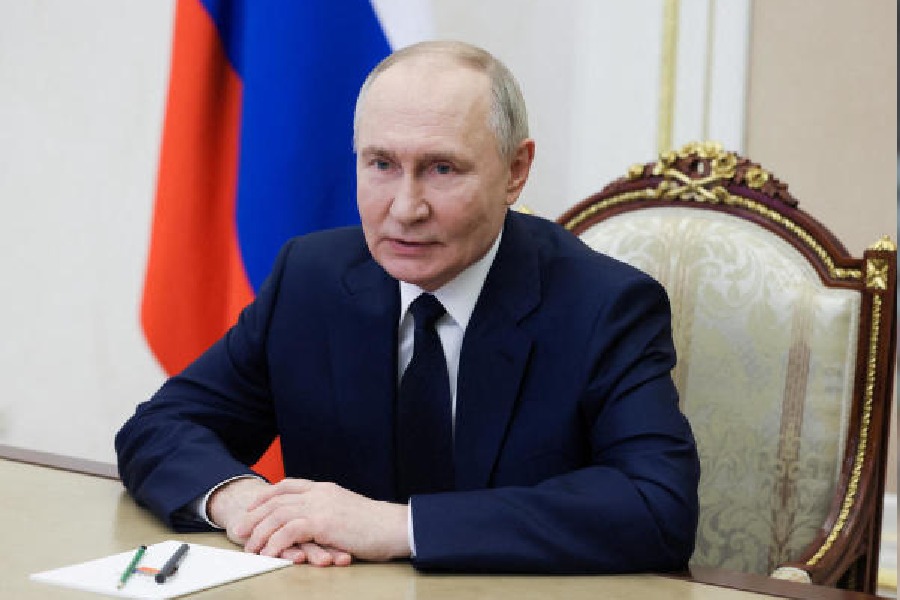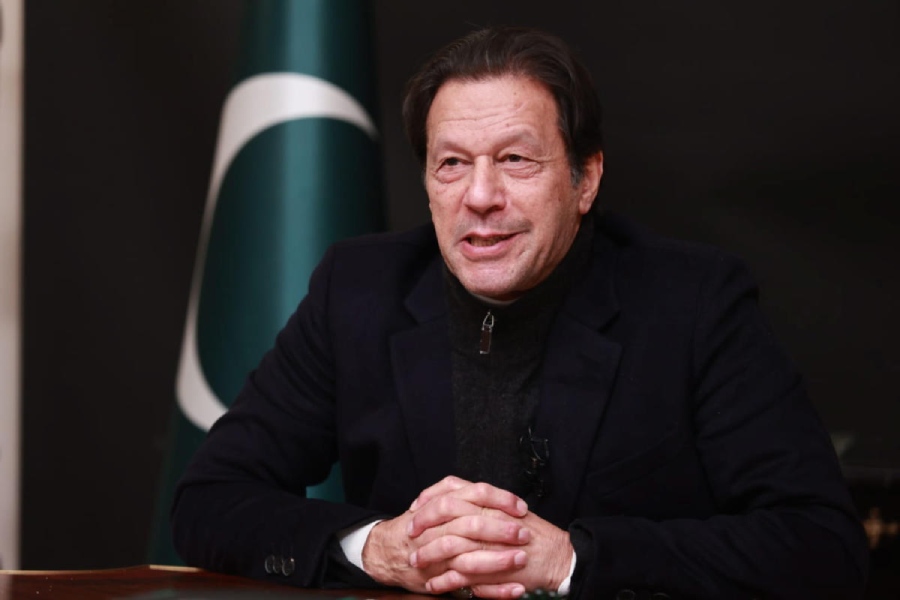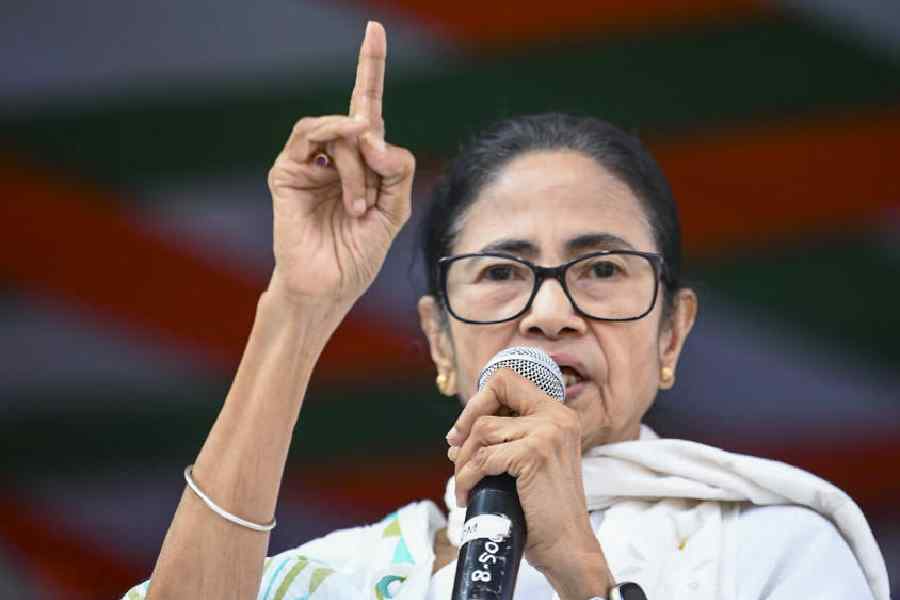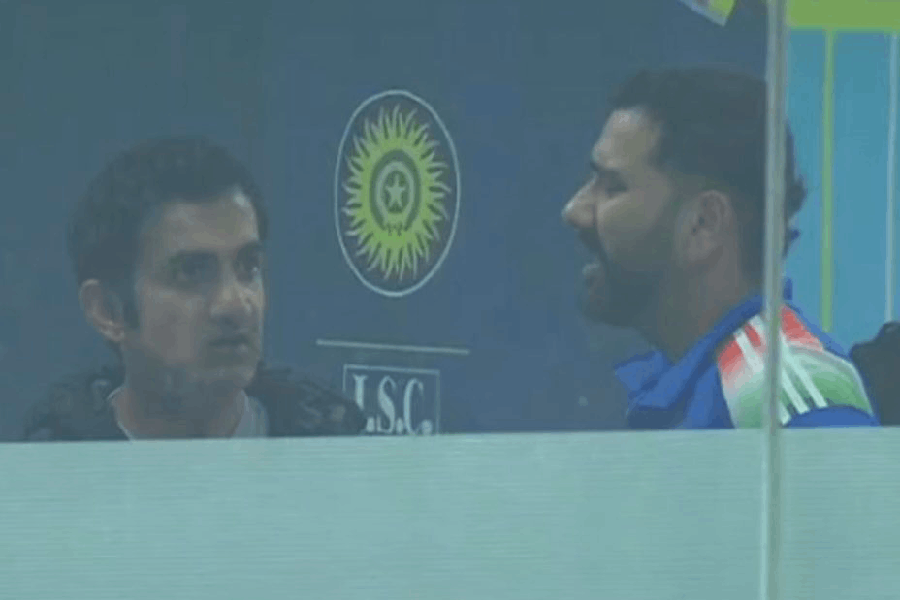Book: IN PRAISE OF COALITION POLITICS AND OTHER ESSAYS ON INDIAN DEMOCRACY
Author: Manoj Kumar Jha
Published by: Speaking Tiger
Price: Rs 499
Manoj Kumar Jha is regarded as one of the foremost parliamentarians of our time. In the best traditions of parliamentary oratory, Jha’s interventions in the Rajya Sabha combine erudition with poetic, passionate delivery. Likewise, his newspaper commentaries on the burning political issues of the day tend to be finely thought-through and well-argued.
Jha’s book brings together a motley collection of his newspaper columns and parliamentary speeches, interspersed with a few fresh essays. Ranging across themes as diverse as Kashmir, the caste census, the Waqf (Amendment) Act, and manual scavenging, it offers a sustained critique of majoritarian and regressive politics. In Jha’s account, this politics — embodied by the present Bharatiya Janata Party regime — represents the very antithesis of the constitutional principles of secularism, federalism, and social justice.
The myriad strands in Jha’s book do coalesce into an incisive portrait of the present state of the polity. The coming together of these somewhat disparate chapters into an amalgamated whole gives the appearance of something like a ‘literary coalition’. The question, ‘Where are we as a country?’, inexorably prompts certain further queries: ‘How did we find ourselves here?’ ‘What is the path forward?’ On these questions, however, the book is an unsatisfactory guide. This is rather disappointing for two reasons. One, we are truly in desperate need of a well-sketched-out, alternative political vision. Two, few people are better placed than Jha to chart out such an alternative vision.
The one chapter where the author comes closest to addressing the latter questions is the short essay on “Party Cadre”. It relates to the professionalisation of political campaigns and the organisational hollowing out of most parties. He laments the “centralized” “decision-making”, the “performative” politics of mobilising around “charisma or crisis”, the reduction of the cadre into “foot traffic at rallies or background bodies in viral images”, and the related transformation of electoral campaigns into battles “run from ‘war rooms’ manned by ‘consultants, analysts and brand specialists’”. The upshot, as Jha correctly diagnoses, is that political work turns into another “commodity — something that is bought and sold” to competitive bidders rather than representing a process of ideologically-motivated, collective action. Again, Jha perceptively argues that the professionalisation of politics is not “merely an organizational issue” but “reflects a failure of political imagination”. “The idea [is] that politics is only about optics, or that ideology is outdated,” he writes, adding: “Without ideological grounding, mobilization becomes mechanical.”
Elsewhere — alas — this spirit of bracing self-criticism is largely set aside in favour of a backward-looking defence of the pre-2014 political arrangements. This tendency is most evident in the book’s central essay, “In Praise of Coalition Politics”. The period from 1989 to 2014 is celebrated as the high tide of social justice and federalism, with sprawling governing coalitions — often built on vague programmatic agendas that could unite both the BJP and the Left — depicted as models of enlightened moderation. The UPA years, in particular, are presented as the embodiment of a progressive, welfare-centric agenda. Taken together, this framing casts the Narendra Modi regime as an aberration, a usurper that abruptly diverted India from what is portrayed as a steady path of democratic and social advancement.
Without first carefully examining the path that led to the dismal present, oppositional political elites in no country can ever chart out a path towards a genuine alternative for the future. Benedict Anderson once noted that the Philippines’ dictator, Ferdinand Marcos, “pushed the destructive logic of the old order to its natural conclusion. In place of privatized security guards, a single privatized National Constabulary; in place of personal armies, a personal Army; instead of pliable local judges, a client Supreme Court; instead of a myriad pocket and rotten boroughs, a pocket or rotten country, managed by cronies, hitmen, and flunkies.”
While it is true that the coalition era advanced social justice and federalism, its substantive gains had largely run their course by the mid-1990s. Thereafter, the period can just as plausibly be seen as a placid incubator for widening inequality, resurgent communalism, and the shrinking horizons of State capacity and ideological ambition under a neoliberal consensus. Coalitions were as much about the organised distribution of spoils from crony capitalism as they were about enlightened moderation. The bribery scandal surrounding the nuclear deal vote and the Radia tapes revelations about cabinet appointments in UPA-II are hardly distant memories. Like Marcos, Modi has centralised and intensified the nexus of rent-seeking cronyism and violence of the coalition era. The present moment demands a re-examination of past politics, not their celebration.

